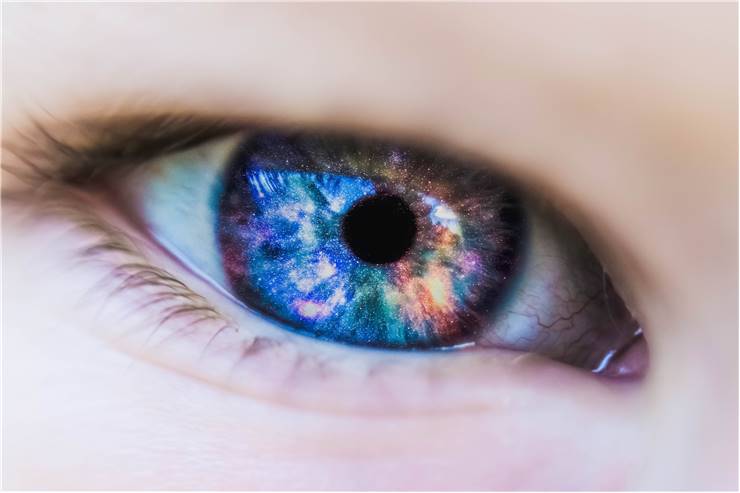Contact Lens - History of Contact Lenses
Techniques of inventing the best possible device for correcting bad vision have led many worlds’ scientists on a road that eventually created modern contact lenses (or simply “contacts”) that are today used by hundreds of millions of people. After their long travel through our modern history, contact lenses managed to evolve from simple devices that were initially used only for scientific experiments to the very flexible and safe modern soft lenses that can be worn by everyone.
History of contact lenses started with the scientific investigations of Leonardo da Vinci (1452 – 1519) of the nature of light and lenses. He introduced the concept of the contact lenses in his 1508 book “Codex of the eye, Manual D” in which he described method of manipulating corneal power by submerging the eye in the bowl of water. He did not devised any plan for helping people with bad vision, but only showcased few scientific examples of manipulating the light that is arriving to our eyes. One century later French mathematician René Descartes described an unpractical idea of connecting glass tubes filled with liquid (one side shaped to fit the eye, and other one with correct shape to fix the vision problems) to the person’s eyes, but that solution would make blinking impossible. Another example of purely scientific contact lens came from 1801 when Thomas Young created crude lenses from wax and water, with several theories for future models that were eventually used by other scientist to perfect a method of making molds from living eyes (Dr. Dallos, Istvan Komàromy in 1929).

Inventor of the first contact lens that could be worn on eyes was German ophthalmologist Adolf Gaston Eugen Fick. He constructed and fitter first contact lens in 1887 while working in Zürich, and his design was based on resting contact shell on the less sensitive rim of tissue around the cornea. His first test subjects were rabbits, then himself, and eventually small group of volunteers. Lenses created by Fick’s method were large, heavy, created from heavy blown glass 18-21mm in diameter and could be worn only for few hours at a time.
After Fick’s invention, many other contact lens designs appeared on the market, all created with the desire to make them smaller, easier to handle, safer and longer lasting. Some of of the most notable models that appeared up to middle of 20th century were PMMA or Perspex/Plexiglas lenses in 1930s, William Feinbloom’s light and convenient plastic lenses from 1936 and corneal lenses in 1949 (they could be worn up to 16 hours per day, but were fragile and expensive) which were the first who managed to get mass appeal. During 1950s and 60s market for lenses boomed in Norht America and Europe but was held down by the inability of lenses to transfer oxygen to the conjunctiva and cornea which caused medical problems. This problem was fixed with several types of oxygen-permeable contact lenses that were made between 1970s and 90s. Solutin for oxygen transport was found in “rigid gas permeable” polymers and soft (hydrogel) lenses which were created in 1971 and were based on the work of Czech chemists Otto Wichterle and Drahoslav Lim.
Modern contact lenses that are in use today are based on silicone hydrogel that was first released by Mexican CIBA VISION in 1998. They have extremely high oxygen permeability, softness, and are easy to produce and use by general population.
In 2010, worldwide market of contact lenses was estimated to be worth at $6.1 billion with United States being responsible for one third. According to some estimates, this market will reach $11.7 billion by 2015.
